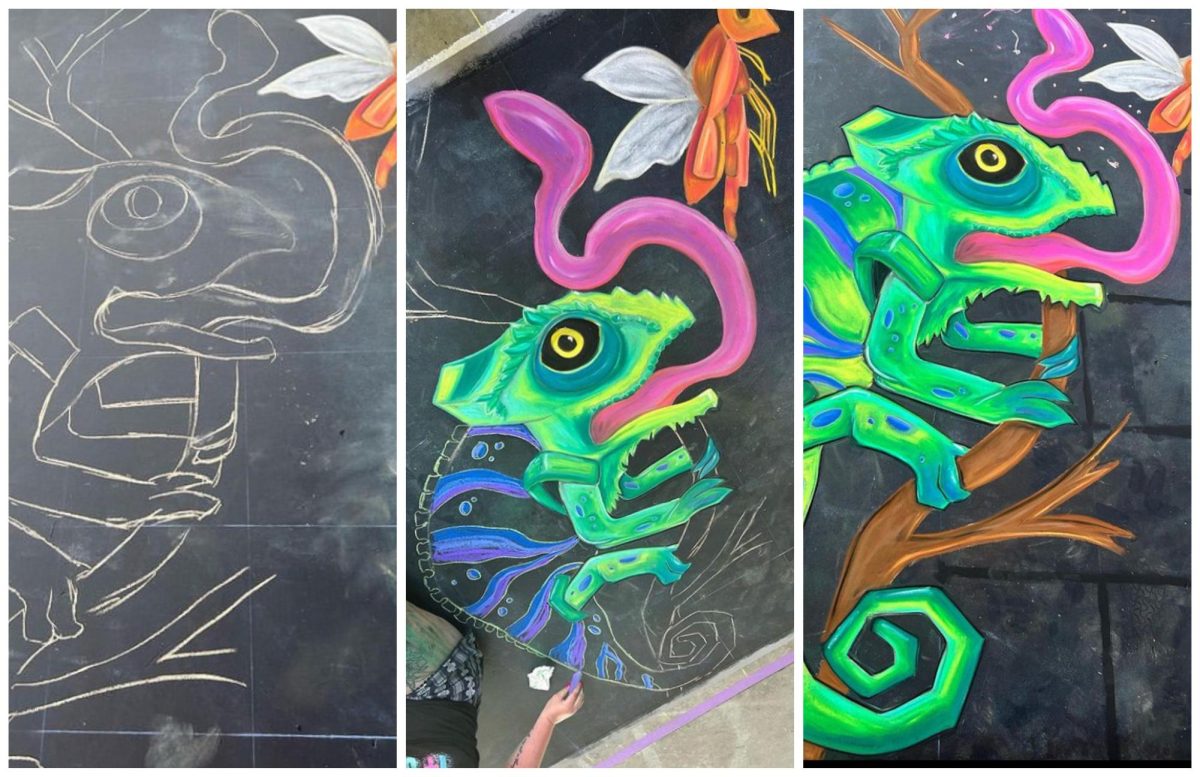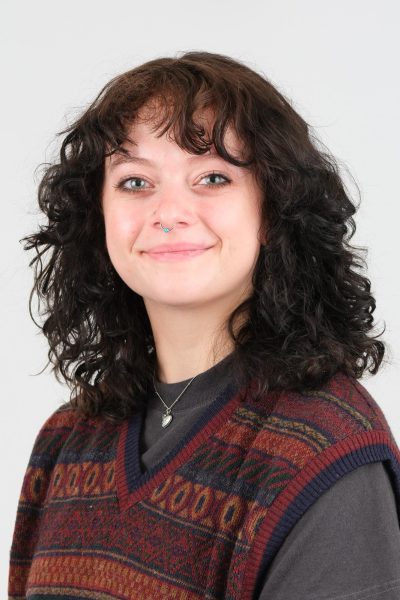Under strings of fairy lights and sunny blue skies, artists of all ages sit crisscrossed on concrete. Each one is focused on blending, adding to and examining the chalk art murals they’ve been working on for the past three days.
Every summer, Utah Foster Care puts on the largest chalk art festival in the state. Hundreds of chalk artists compete, local vendors sell to visitors and Utah Foster Care provides information about the Utah foster care system, all while working to raise money for their cause.
This year, Chalk It Up was held at Thanksgiving Point from July 20-22.
(Chalk) Art History
Chalk art murals can be traced back to 16th century Italy, where street painters known as the Madonnari traveled to Catholic or folk festivals and painted murals of the Madonna. These images were often created with chalk, tile and coal. These artists relied on the coins given to them by viewers.
In the mid-1800s, street artists also began to appear in London. These artists were given the name screevers, and their art often contained messages of morality alongside their drawings. The “Mary Poppins” character Bert is one such screever.
Kurt Wenner can be reasonably credited as the man who popularized street art in the United States in the 1980s. While experimenting with this new medium, Wenner created 3D chalk art, which uses geometry and scale to create 3D-looking images on flat surfaces. This style became immediately popular and is practiced by hundreds of artists today.
Chalk Art Creation
Producing chalk art can take more than 12 hours, and the process requires the use of several tools. Many artists use reference photos to produce their work. They keep gloves and cardboard on hand to work on details without disturbing other sections. Air compressors are also used to wipe away excess chalk. Even the chalk itself can come in different forms, from chalk paint to pastels. The texture of the surface a piece is drawn on can also affect how the chalk sticks or looks.
Yet, for all the time and detail put into a chalk art piece, the medium is by nature temporary.
“I actually love the fact that it’s temporary,” said chalk artist Kat Bowen. “It allows me to move on from an idea once I’ve chalked it.”
The impermanence of the art is an important quality in practicing this medium.
“There is an appeal in the impermanence of it all. I think it adds to the wonder of the art knowing that it will only last as long as the event allows,” said artist Brooke Keithley.
As special as the art is itself, the community that makes it also holds a place in artists’ hearts.
“You’ll never meet a nicer person than a chalk artist,” Bowen said, and referenced the Facebook group Utah Chalk Artists as a space for artists to connect and for new artists to get advice.
Keithley also discussed the support she feels from chalk artists, even when she’s meeting them at competitions.
“Having a bunch of creative people working around each other gives you ideas and inspiration that can only come from being around others,” she said.
Chalk Art in Salt Lake
The Salt Lake area hosts several different chalk art festivals. Provo hosts Chalk the Block for Charity in late August. Bountiful and the Hogle Zoo hosted chalk events earlier this summer, and the Salt Lake City Library hosts the Chalk the Walk event every year (although this year’s event was canceled).
Artists of all abilities can join chalk events, and they’re encouraged to.
“It’s just important to emphasize that chalk art is for everyone and we love new people that want to give it a try,” Bowen said.
“But, to keep chalking like most of our community you must have 3 things. One, a love and dedication for art. Two, the ability to trust the process and be adaptive. And three, a strong back: it takes a lot of stamina to sit on the hard ground for endless hours,” Bowen noted.



